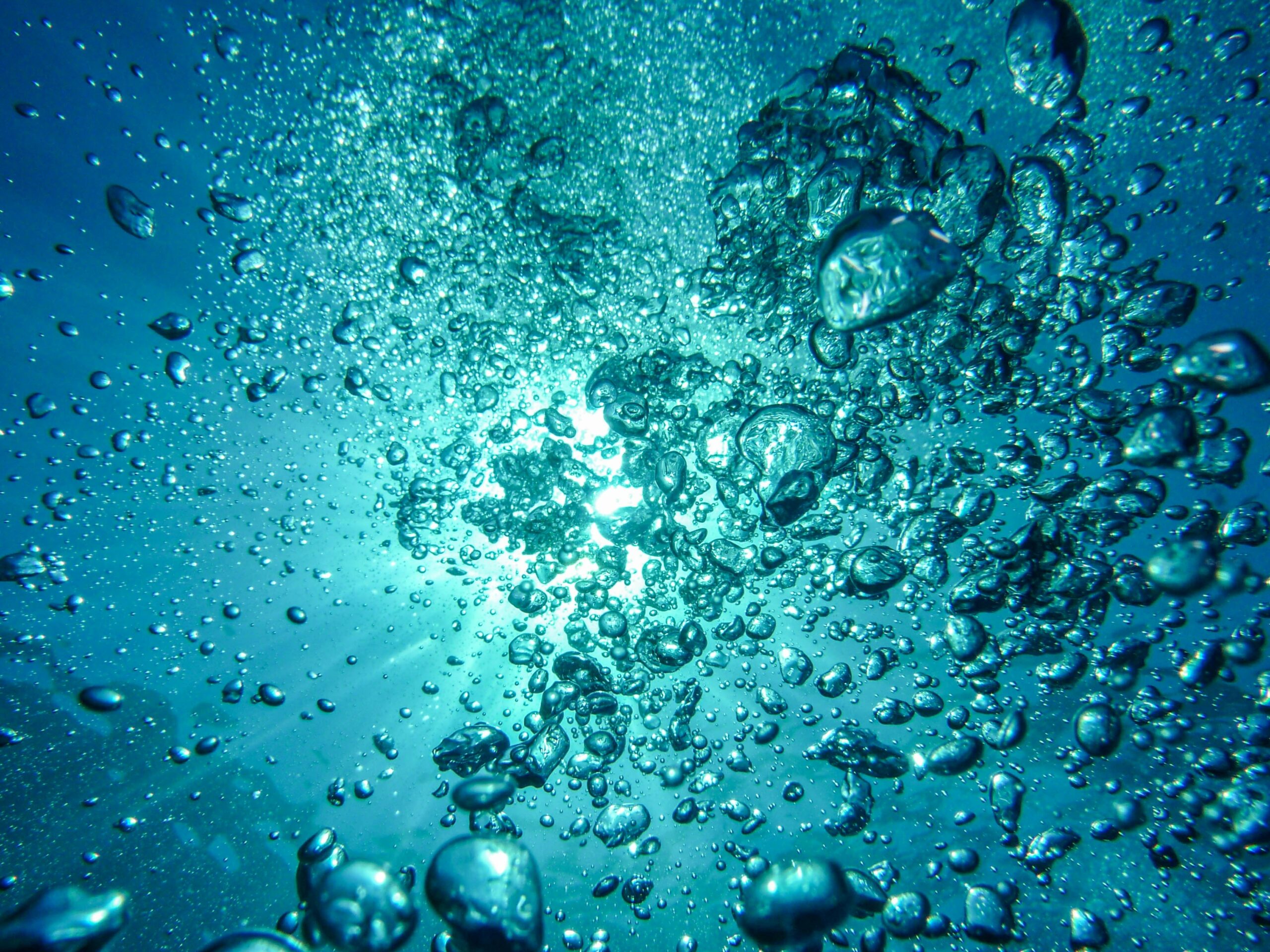Water that soaks into the ground collects in underground areas of rocks, sand and gravel. These underground areas – called aquifers – hold huge amounts of water like giant sponges. Aquifers can be large or small. They can be almost right under our feet or they can be deep underground.
California has approximately 500 groundwater basins under almost half of the state including the hot, dry desert areas. But much of the water in these aquifers is too far underground to reach. To get the water up to the surface, wells are drilled down to the aquifers. Electrical pumps then bring the water to the surface. Sometimes, water from under the ground rises naturally to the surface in what is called a spring.
How much groundwater is there?
If all the water in California’s aquifers were on the surface, the state would be completely covered with water! But like surface water, not all of that water is usable. Some is so deep that it is too expensive to reach and pump up, some is too salty, and some is polluted. And we don’t want to take too much water out of the aquifer without putting it back. This is called “overdraft,” and it can lead to problems:

How do we get groundwater?
Most groundwater comes to the surface through wells that reach down past the water table. The water table is that point underground where the spaces between the soil particles are completely full of water. Below the water table is the aquifer.
Centuries ago, people dug shallow wells to get the water. Today, wells are drilled into the ground- sometimes hundreds of feet deep. After the hole is drilled, a pipe, called a casing, is placed in the hole. Small slots in the casing allow groundwater into the pipe. At the bottom of the well, a pump pushes the water up through the pipe to the surface. Some pumps can pump up thousands of gallons of water every minute.
A seal at the top of the well keeps pollution from getting into the groundwater. And water coming into the well is naturally filtered by the earth. Therefore, groundwater usually needs little or no treatment before people use it for drinking and other needs.
Who uses groundwater?
Groundwater is used throughout California – on farms, in cities, in homes. In normal years, groundwater supplies about one-third of the water we use. But in years with little rain, groundwater can provide up to two-thirds of the water we need.
Groundwater is used to irrigate crops and for drinking water in cities and in rural areas. Some cities rely entirely on groundwater for their water supply; others don’t use any. In rural areas, many homeowners have their own wells to pump groundwater from below their property for their use.
| Cookie | Duration | Description |
|---|---|---|
| cookielawinfo-checkbox-analytics | 11 months | This cookie is set by GDPR Cookie Consent plugin. The cookie is used to store the user consent for the cookies in the category "Analytics". |
| cookielawinfo-checkbox-functional | 11 months | The cookie is set by GDPR cookie consent to record the user consent for the cookies in the category "Functional". |
| cookielawinfo-checkbox-necessary | 11 months | This cookie is set by GDPR Cookie Consent plugin. The cookies is used to store the user consent for the cookies in the category "Necessary". |
| cookielawinfo-checkbox-others | 11 months | This cookie is set by GDPR Cookie Consent plugin. The cookie is used to store the user consent for the cookies in the category "Other. |
| cookielawinfo-checkbox-performance | 11 months | This cookie is set by GDPR Cookie Consent plugin. The cookie is used to store the user consent for the cookies in the category "Performance". |
| viewed_cookie_policy | 11 months | The cookie is set by the GDPR Cookie Consent plugin and is used to store whether or not user has consented to the use of cookies. It does not store any personal data. |
